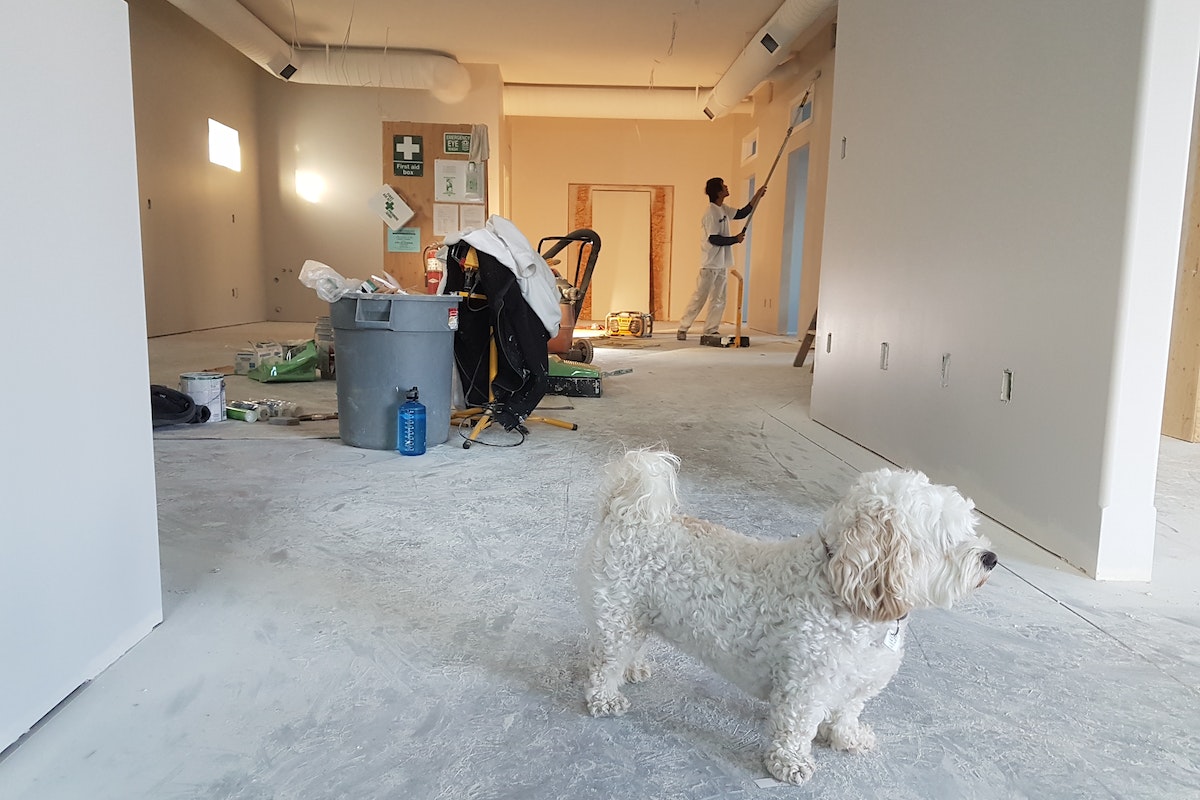Whether you just bought your first home or want to upgrade, designing a home and its architecture can be daunting, especially when it comes to sticking to a budget. However, with a little creativity and know-how, achieving the home of your dreams is possible without breaking the bank.
Here are a few tips and tricks for designing and improving your home on a budget.
Repurpose What You Already Have
Before buying new furniture or décor, take a good hard look at what you already have. Is that coffee table really serving any purpose? Could that bookshelf be repurposed as a TV stand? Sometimes all it takes is a fresh coat of paint or creative rearranging to make old things feel new.
Furthermore, by repurposing old items instead of simply discarding them, you minimize the environmental impact of your home improvements. Additionally, opting to buy used products instead of new ones helps reduce landfill waste and factory emissions.

Get Creative With DIY Projects
There are endless possibilities for Do-It-Yourself (DIY) projects—and many of them are surprisingly easy (and affordable) to do. If you’re not the DIY type, no problem! Many budget-friendly home improvement services can help you achieve the look you want without breaking the bank.
You may try these projects for yourself:
- Paint your walls or cabinets
- Install new light fixtures
- Build shelves or a bookcase
- Hang curtains or blinds
- Refinish old furniture
- Lay down new flooring
- Add plants or greenery
Shop Secondhand or at Discount Stores
Furniture and décor don’t have to be expensive to be stylish. Consider shopping at thrift stores, garage sales, or online marketplaces for secondhand furniture and décor. You’d be surprised at the hidden gems you can find for a fraction of the price. Consider shopping at discount stores for brand-new items—you can find high-quality items without spending much money.
Save money and be eco-friendly by shopping at secondhand and discount stores. When you’re in the market for new furniture, explore pieces made of sustainable materials like bamboo or certified wood products. Most importantly, these are great quality without costing a fortune!
Invest in Timeless Pieces
When shopping for furniture and décor, it’s important to invest in timeless pieces that will stand the test of time. Look for high-quality pieces that will last for years rather than trends that go out of style in a few months. Not only will this save you money in the long run, but it will also help create a classic look that will never go out of style. Use natural light wisely.
Make the Most Out of Natural Light
Sunlight does wonders for our physical and mental health by boosting our mood and overall energy levels, so why not let as much light into your home as possible? Besides being great energy savers, windows also give rooms character so try not to obstruct them with heavy curtains (use sheers instead) or darkening shades.
An easy way to save money while increasing your home’s energy efficiency is by using solar film on your windows. This reflects sunlight away from your home during those hot summer days. Another great way to be energy efficient is installing flat roof lights, which will brighten up any room without the use of electricity. These allow natural light to flood your home in bright, unbroken bands and are ideal for spaces that feel cramped or dark.
Additional Interior Design Tips
If you’re unsure where to start, here are a few interior design tips for young professionals and families who want to make their homes more stylish and functional.
- Invest in versatile furniture pieces that can be used in multiple ways. For example, an ottoman can be used as extra seating, a coffee table, or even a footrest.
- Add pops of color through accent pieces like throw pillows, blankets, and wall art. These items can easily be swapped out as your taste changes or you get tired of certain colors.
- Utilize storage solutions to keep your living spaces tidy and organized. This could mean anything from using baskets and bins to store items out of sight to investing in a storage ottoman or coffee table with built-in compartments.
- Make sure your lighting is both stylish and functional. Table lamps and floor lamps are great for adding ambiance to a room, while pendant lights or track lighting can be used to provide task lighting when you’re working or cooking in the kitchen.
- Use mirrors to create the illusion of more space in small rooms or narrow hallways. You can also use them to reflect light and brighten up dark corners of your home.
Closing Thoughts
There are countless ways to design and improve your home without spending a lot of money—you need a little creativity and forethought. Following these tips can help you achieve the home of your dreams without breaking the bank.
